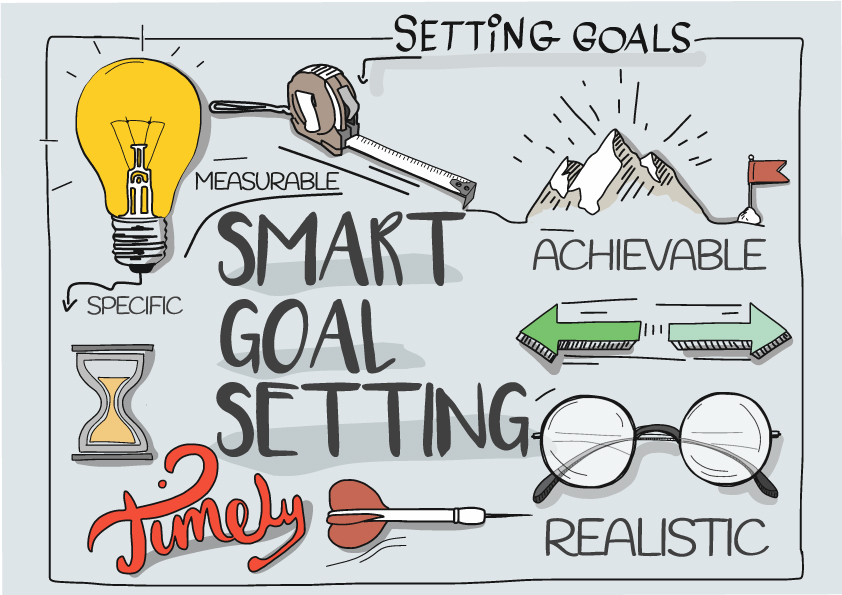How to Make S.M.A.R.T Goals with Personal Finances
Looking for a way to stay on track or a method to help get “back on the horse” with your personal finance goals? Consider making SMART goals in your financial plan.
What are SMART Goals?
SMART goals are defined as:
S-Specific
M-Measurable
A-Achievable
R-Realistic
T-Timely
How SMART Goals Can Improve Personal Finances:
SMART goals can improve any personal financial plan you may have. For example, if you want to save more money, consider reviewing your monthly budget. “Luxury” or “flex” costs are expenses you typically pay each month, but could do without.
S-Specific
Pick a specific financial goal and clearly define it. Think of “S” as the what, why, and how of the SMART model.
Example
What: Save more money
Why: To afford a down payment on a home
How: Review budget and cut unnecessary expenses. Create a new savings account and deposit a minimum of $1K each month to reach down payment savings goal.
M-Measurable
Your financial goal should be measurable. Set smaller, short-term financial goals for yourself as you reach the last financial milestone of your goal.
Example
Measurable Goal: Over the course of 24-months, save $30K for a down payment on my first home. In the first 12-months, save $12K with a $1K/month deposit goal. In the second year (months 13-24), increase savings deposits to $1,500/month to reach $30K down payment goal.
A-Achievable
Financial goals should be challenging, but achievable. For example, don’t move funds from your fixed, necessary expenses in order to save more. Plan your financial goals to be focused on meeting your most basic “needs” as well as your “wants.”
Example
Achievable Goal: Cut back (or eliminate completely) on “luxury” expenses and put the money saved directly into your savings account. Because the funds are being saved for a larger personal financial goal and aren’t impacting necessary expenses, and the timeline for your goals are set, this works as an achievable goal.
R-Realistic
Keeping a financial goal realistic goes hand-in-hand with the achievable step. When you plan the realistic aspect of your goal, consider the timeframe and results you’ve set as expectations. Do they make sense for your current lifestyle or are you willing to make necessary changes in order to achieve your ultimate financial goal?
Example
Realistic Goal: The easiest step is to simply move funds you don’t need for necessary bills and expenses into your savings account. There may be more packed lunches and less nights out at the movies, but it’s a realistic financial goal.
T-Timely
Have you calculated the amount of money and length of time needed to reach your goal? You may need to adjust the time and/or money saved each month in order to reach your financial goal.
Example
Timely Goal: Check your goal timeline and check it often. Is two years enough time to save $30K for a down payment? Will $30K be enough for the home as a down payment in two years? This number may change because a lot can happen in two years.
Don’t be afraid to adjust your SMART financial goals if they’re set for six months or longer. If your personal financial goal includes making a large purchase, like a new home, it may be wise to include checking out the market every three to six months while your savings goal is in place.



